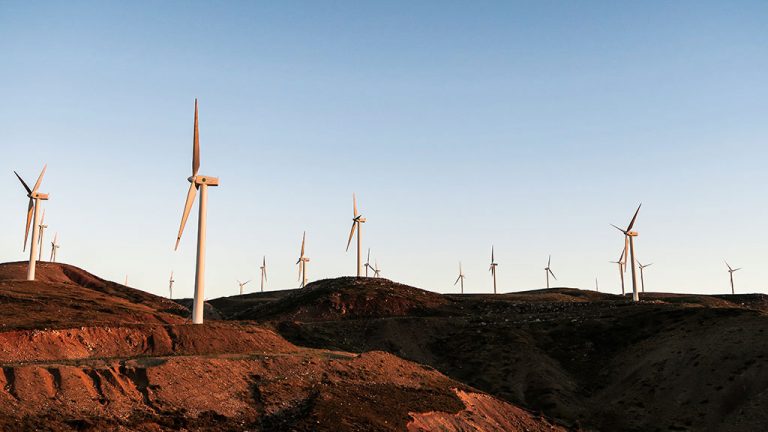When Pablo Vegas becomes the new president and CEO of the Electric Reliability Council of Texas (ERCOT) this October, he will be greeted with several challenges.
Heading the list are, consumer pricing, grid reliability and the need for increased state-wide power generation. Expanded, reliable electrical power are priorities due to growing numbers of companies and employees relocating to Texas, and as controlling the indoor environment of homes and buildings becomes more energy intensive.
ERCOT is somewhat unique. Its operations cover 90 per cent of the state and 75 per cent of the population. However, ERCOT itself owns no assets. Its role is to monitor the power generated within the state by a variety of sources.
Furthermore, ERCOT isn’t connected to grids outside Texas. That means there’s almost no ability to draw power from other states during times of extreme demand. That’s left Texas vulnerable during extreme weather events such as the winter storm of 2021 and this summer’s heat spells.
The ability to draw power and distribute it when needed intersects with pricing. Under the current system, Texas producers can charge more when demand is highest. In contrast, there are times when prices actually go negative when renewable sources oversupply the system. The absence of a pricing incentive for simply maintaining available capacity has distorted the Texas power business model.
In ERCOT’s favour is that Texas generates more electricity than any other state in the union and has numerous power generation developments underway, many of them renewables. Today, over 320 wind and solar farms deliver approximately one-third of the state’s requirements, according to the Rocky Mountain Institute, a non-profit that analyzes America’s energy practices.
However, during this past summer’s high heat, ERCOT had to impose reductions in electricity consumption through its Emergency Response Service in order to prevent blackouts. Prices shot up to the new allowed cap of $5,000/MWh on at least one occasion.
Observers are calling on ERCOT to improve its energy consumption forecasting, create more power plants and to maintain the grid in optimal condition.
Although Texas still relies largely on natural gas to generate power, this is slowly changing. Incoming CEO Vegas can look forward to new power generation on several innovative fronts.
Global LLC has proposed a new $6 billion power plant near Dallas, dubbed Project Motion. The facility would run on renewable gasoline and zero GHG fuels created by making hydrogen through electrolysis, a process which in turn would be powered by solar and wind.
This would be HIF Global’s second Texas power plant. In April, it announced a facility to be built in Matagorda County named Project Helix that will also run on renewable fuels. It’s the first known commercial application of the green hydrogen-to-renewable fuel technology in the country, according an HIF Global executive.
Tesla, which has already made significant technology and manufacturing investments in Texas, has announced its intention to join the state’s growing electrical retail business by taking out a license for Tesla Energy Ventures.
What could help Texas through periods of extreme demand would be increased energy storage using industrial-scale batteries. In fact, ERCOT already has nearly 2,100 MW of storage capacity within its grid. Excess power during periods of low demand could be stored and then sold back as demand increases.
Storage capacity is expected to increase as soon as 2023.
Houston-based Broad Reach Power, owners of a nationwide 21GW portfolio of utility-scale battery storage and renewable power projects, announced in late July multimillion-dollar project financing for 16 operating battery energy storage systems in Texas. These will join 138 energy additional storage projects currently planned in the state.
No one expects that battery storage or near-term renewables alone will address all the challenges facing Vegas. Unless reforms alter the state’s peak demand pricing system and the business models that surround it, little change is likely.
Last year, a 12-person advisory board was created to devise “a comprehensive energy plan” for Texas.
Using appointee powers granted to them, Gov. Greg Abbot, Texas House Speaker Dale Phelan and Lieutenant Gov. Dan Patrick each named four members.
Such is the challenging governance landscape Vegas must confront. It’s one not only dominated by political appointees with vested interests in the status quo but includes conspiracy theories. In a bizarre twist, one of 12 committee members has openly questioned whether wind farms change the earth’s magnetic field.
Vegas could earn as much as $2.4 million annually. No one says it will be easy work.











Recent Comments
comments for this post are closed